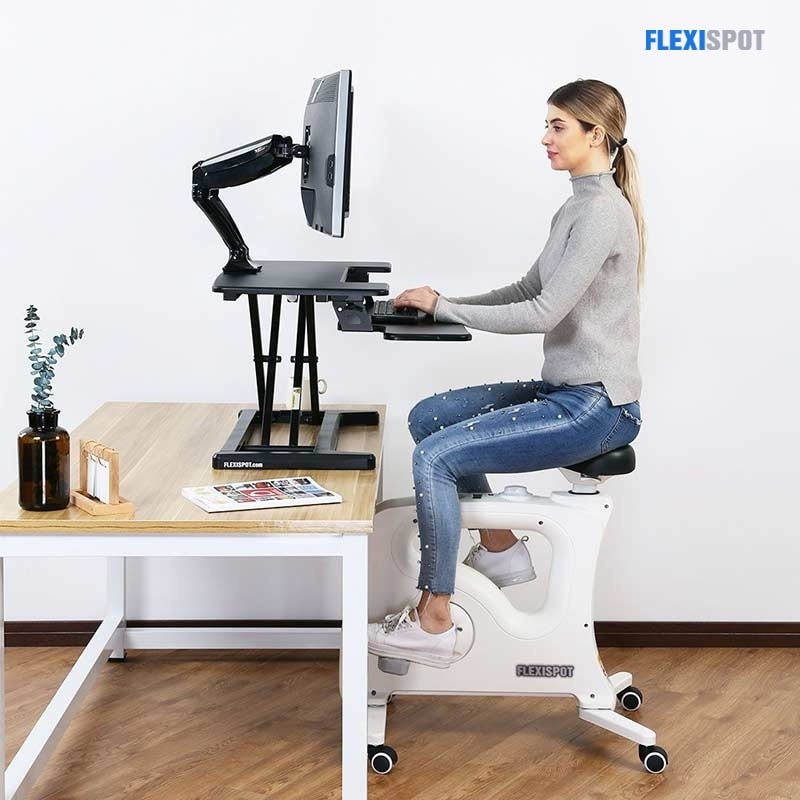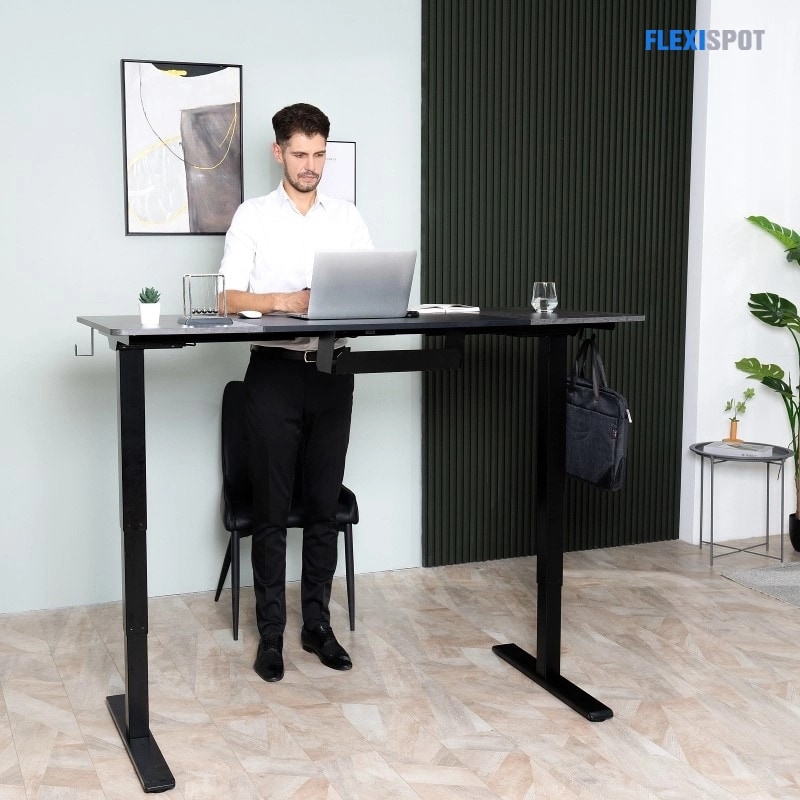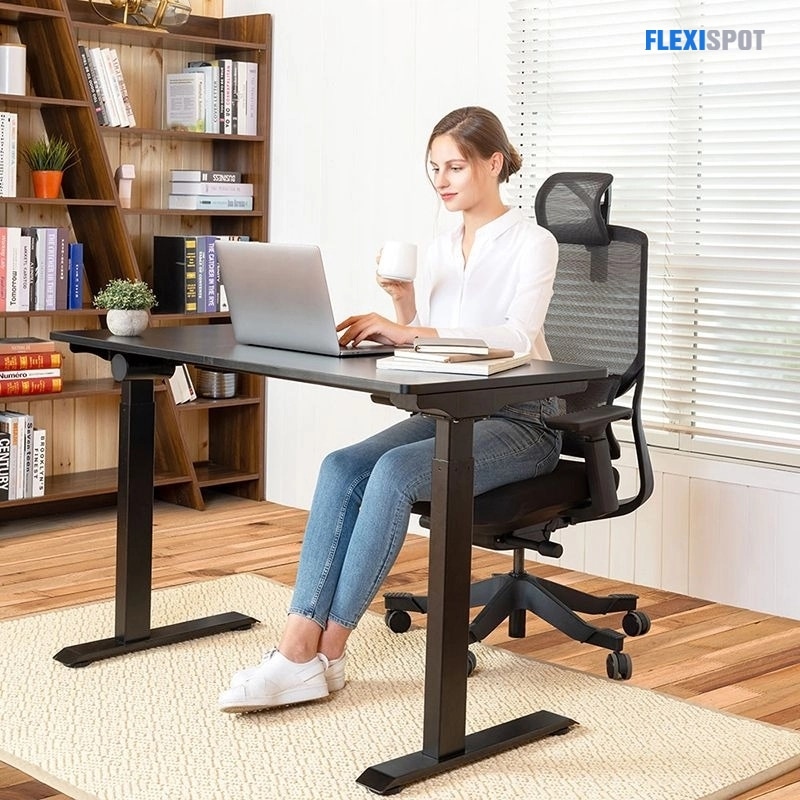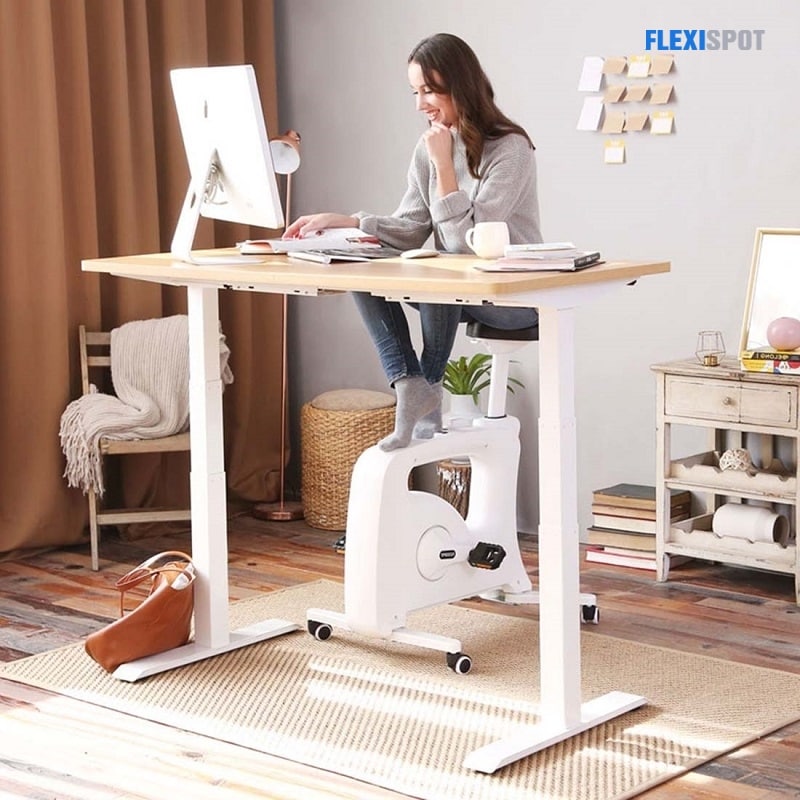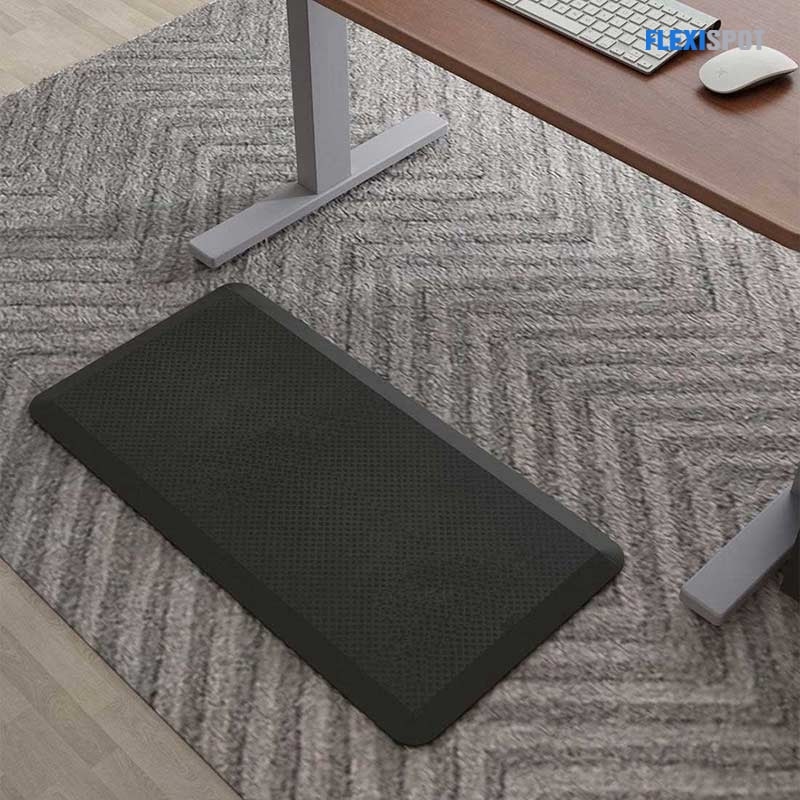Your workspace should be comfortable enough to sit for lengthy periods and focus on your projects. You will not attain the necessary efficiency if anything is continually pinching you or hurting your back, will you? The study of making a workplace comfortable for the user is known as office ergonomics.
It also ensures that you do not overwork yourself; as a result, the ergonomic design tip must be included in any office design ideas. For example, before setting up an office chair or purchasing a standing desk, you should consider the best ergonomic design techniques.
The relevance of ergonomic advice will assist you in increasing workplace efficiency and productivity and improving your energy levels.
This blog article will cover some of the essential ergonomic design tips for making your home office a healthy environment for you and your family.
Multiple Postures are Supported
The first ergonomic design suggestion is to ensure that postures are flexible. The part of your body that is under stress is determined by your posture while working.
The perfect posture can help your body feel more comfortable, yet a minor misalignment can contribute to long-term health problems like back pain and muscular discomfort.
To find the most relaxed and pleasant work position, you must concentrate on your posture. This will significantly lower the possibility of developing chronic injuries or other physical problems.
Even while it may seem difficult to acquire the appropriate posture for you, especially when you are new to this practice, you may follow specific general guidelines to ensure you achieve the best possible posture:
- Ascertain that you are near your desk. Sit near enough to avoid slouching and shrugging your arms and shoulders.
- The second stage in this ergonomic design tip is to make sure that your neck, shoulders, and head are all in a calm, stress-free state.
- Ensure that your hips are resting pleasantly against the bottom back of your chair and that your spine is not curved.
- Your elbows should be at a 90-degree angle. Make sure your arms and forearms are parallel to the floor and straight.
Dangling is another common mistake when working while sitting on your feet. Make sure your feet are resting comfortably on the floor, free of tension or stress. Legs should be bent at a safe angle of 90 degrees.
Rearrange the Positions
Keeping moving is one of the most crucial components of understanding workplace ergonomics. It would be best if you switched postures while getting the best work time and the most comfort for your body.
This is why researchers who propose rotating between sit and stand poses at various times of the day frequently recommend adjustable standing desks.
Additionally, make it a practice to get up from your workplace every hour or so. Take a few minutes to stroll, and you may also practice some desk stretches or yoga positions to relieve tension regularly.
Postures That Are Beneficial to Your Health
Ergonomic design ideas include the importance of good posture. The wonderful thing about healthy postures is that there are no one-size-fits-all solutions; instead, each individual must choose their own nutritional and safe level.
Concisely, a healthy posture puts the least amount of strain on any portion of the body. There are many factors to consider when achieving a healthy posture, and here are a few to consider:
- Place frequently used items in the significant work zone, where elbows are close to the body, shoulders are relaxed, and minimal reaching.
- Locate fewer frequently used things in the secondary work zone: more reaching is required, with arms spread out from the body.
- Adjust access as needed when transitioning from a sitting to a standing posture.
- Workstations must be of sufficient size, which can be a considerable challenge, particularly given today's high office space rental expenses.
- Take the time to choose and purchase equipment and furnishings that will fit the space if the workstation is on the smaller side. Is furniture tailored, if possible, to ensure appropriate proportions, design, and sizes for office ergonomics?
- If you have numerous monitors, you can get monitor arms, so your neck does not have to rotate side to side several times every minute.
Flexibility in the Workplace
Here is another piece of ergonomic design advice for you to consider. Workplace flexibility is a multi-step process, and it encompasses both physical and mental flexibility.
Organizations that are moving to modern working methods are adjusting in ways that give employees more flexibility, and employees have more influence over their work due to this.
This could include everything from scheduling work hours to selecting when to take a break. Control over how they set up their workstations and even talk about the physical and mental problems they confront daily. As a result, workplace ergonomics is not only about physical elements; it is about optimizing the overall experience.
Safety
Safety is more than just wearing protective gear or sitting in a cushioned seat to keep your back muscles from suffering. Workplace safety is a collection of activities that help you relax your body and mind.
For you, it is a must-have component in the ergonomic design tip. If you work at a computer, for example, it is critical to protect your eyes.
According to a poll conducted by the American Optometric Association (AOA), the average American worker spends up to seven hours per day, whether at home or work, staring at a computer screen.
There are numerous methods for reducing and combating eye stress. For starters, get a desk lamp, so your eyes do not have to focus in the dark. You can also do various exercises that will help your eyes relax.
To reduce eye strain and help you avoid it, look at anything twenty feet away for 20 seconds every 20 minutes. Your near-focus muscles have a chance to relax when you transfer your focus to a distant object.
To avoid lower back issues, you can also employ an anti-fatigue mat such as FlexiSpot’s Standing Desk Anti-Fatigue Mat MT1. Finally, even something as simple as a desk pad can help you avoid straining your arms and wrists.
